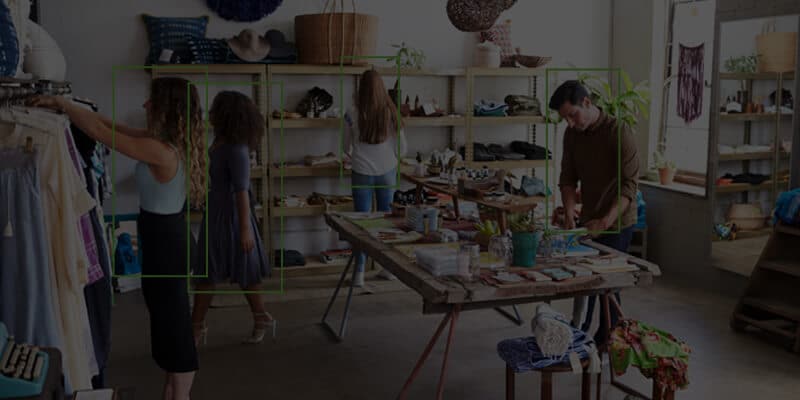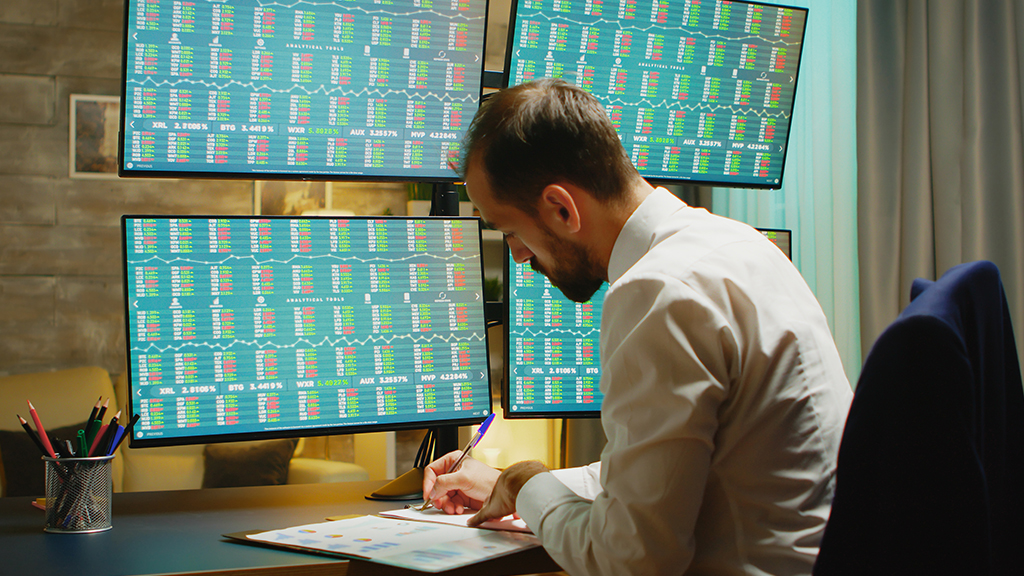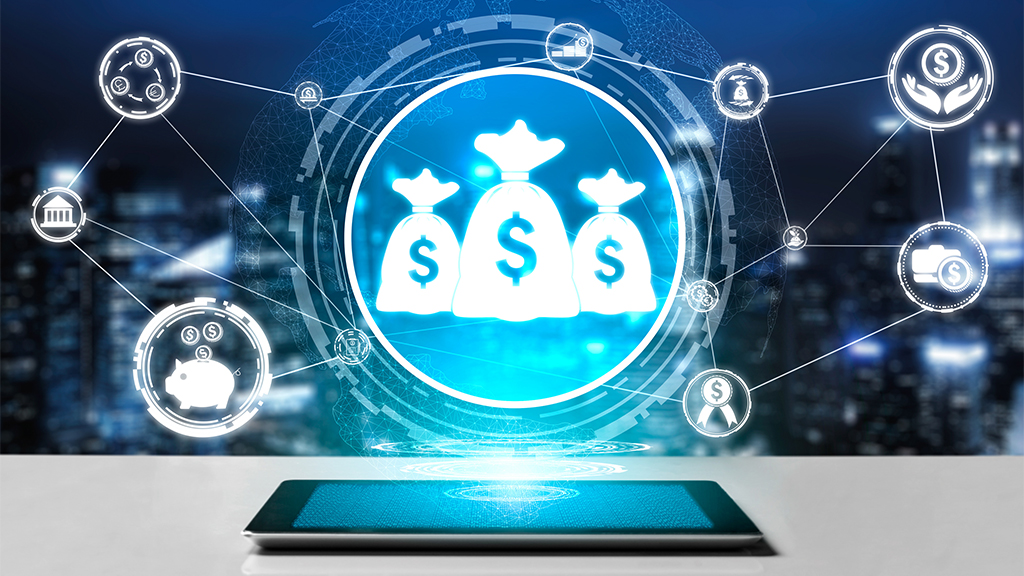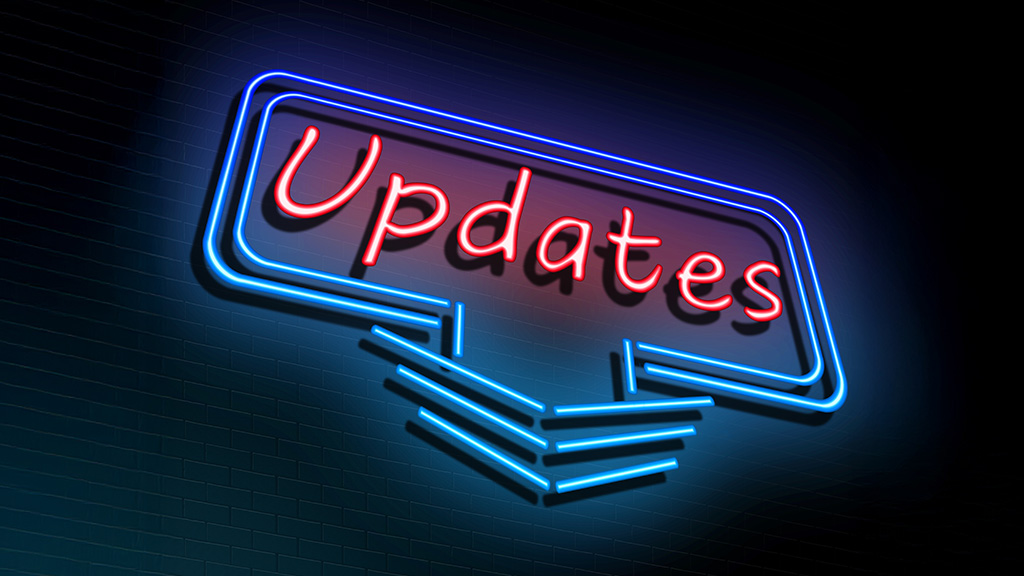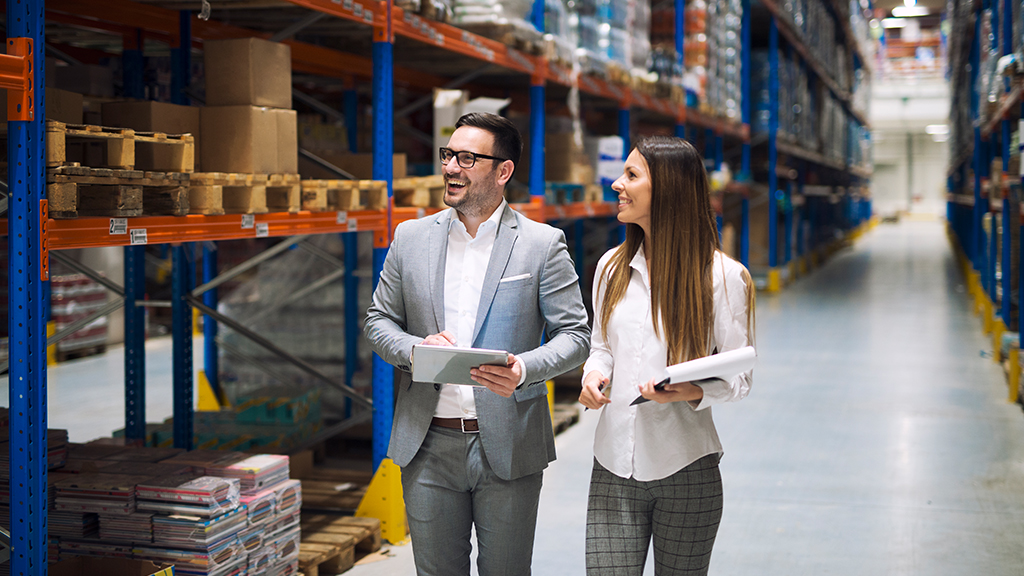Modern businesses are using people counters to understand the daily traffic patterns in their retail stores. It helps them understand the peak business hours and generate comprehensive reports related to overall conversion rates.
While retail outlets use people counters to gauge performance through crucial KPIs such as the number of customers being dealt by the staff on an hourly basis, commercial property owners use people counter to show their clients the customer traffic flow around their outlets and negotiate rents. In public offices, educational institutes, and banks, people counters are used to track space utilization and resource allocation.
The COVID-19 pandemic has reshaped the infrastructure needs of retailers who now must comply with strict SOPs and occupancy limits. Under these circumstances, people counters, which are essential in tracking and managing store visitors’ journeys, are gaining more popularity.
Role of people counters in the retail industry
How do people counters work?
A people counter can be explained as an electronic device that efficiently measures the number of people walking by a particular place. It can be an entrance or a passage. There are many different people counting solutions available in the market and they use technologies such as infrared sensors, thermal imaging, and even simple manual clickers to track footfall in retail stores.
Benefits of people counters
The main use of all traffic counters is the collection of reliable data about in-store visitors so that brick-and-mortar businesses can use it to optimize their stores and enhance customer experience Footfall analytics generated by solutions such as Shopper Value help retail stores transform raw traffic data into actionable insights that can inform decision making and contribute towards enhancing conversion for retailers. Here are a few benefits of using people counters that retail businesses must take advantage of.
- Provides actionable insights into customer behavior
People counter technologies can provide retailers with a wealth of data on customer traffic patterns. Companies can understand the peak times in their retail stores, analyze comprehensive reports based on footfall trends and optimize customer in-store journey to maximize conversion and ensure profitability.
For example, a retail business manager may observe that traffic in a particular type of store remains low during weekday mornings but spikes by 20% at the same time during the weekends. This means that the retail manager must pay special attention to better service and staff availability in morning hours during the weekends to enhance profits

